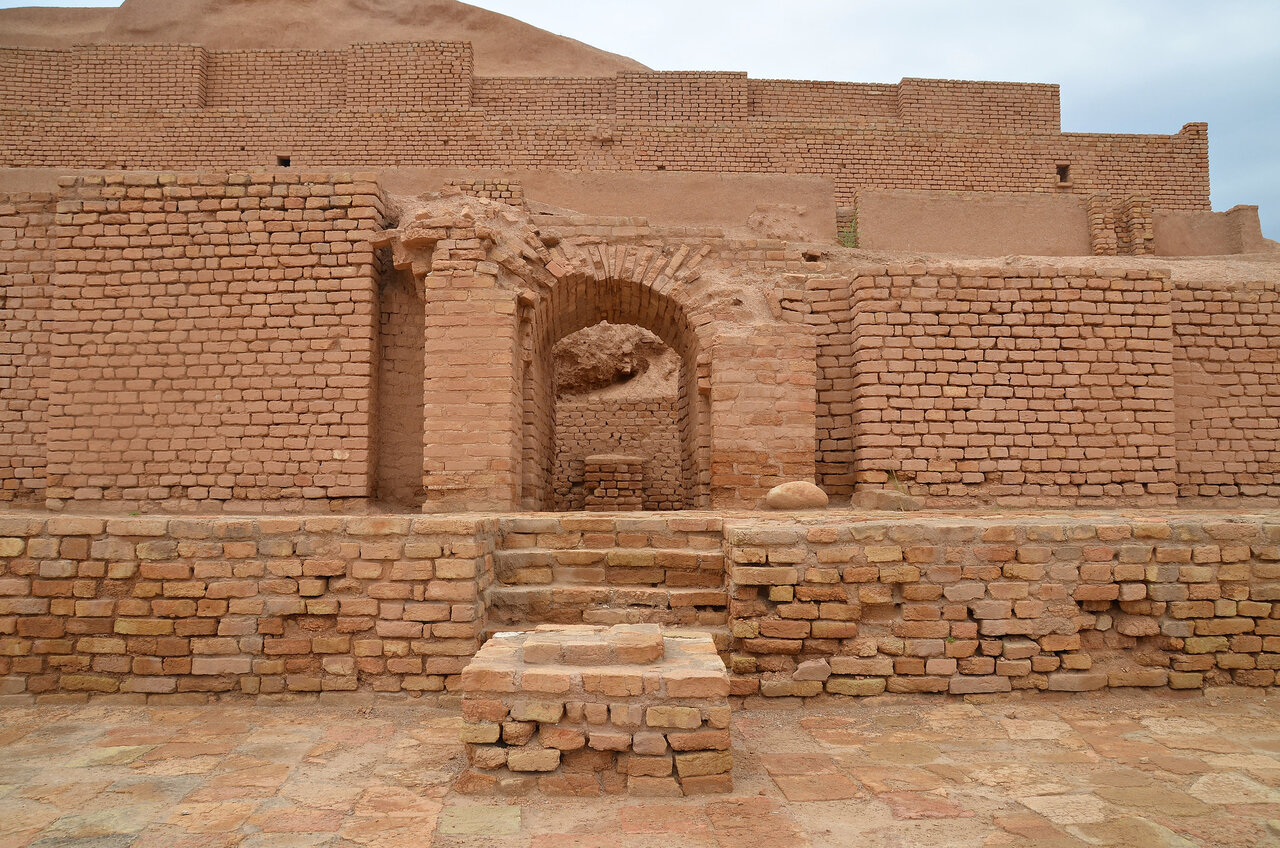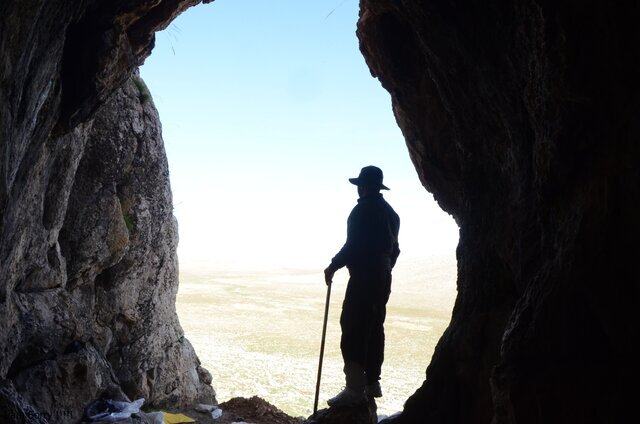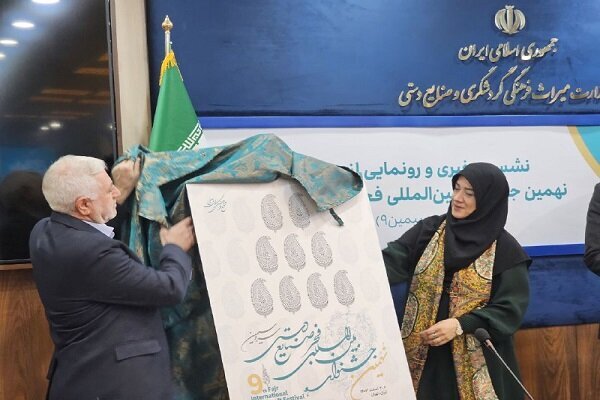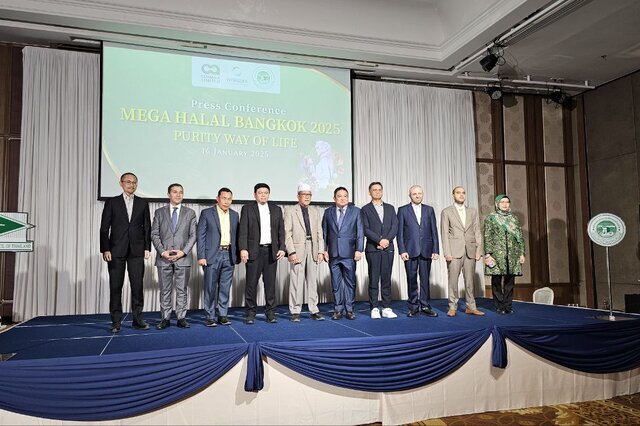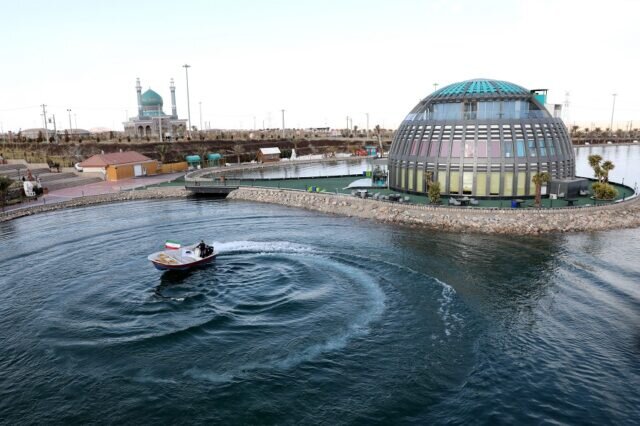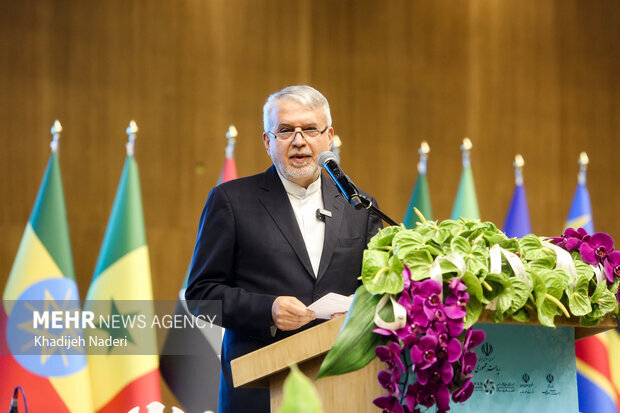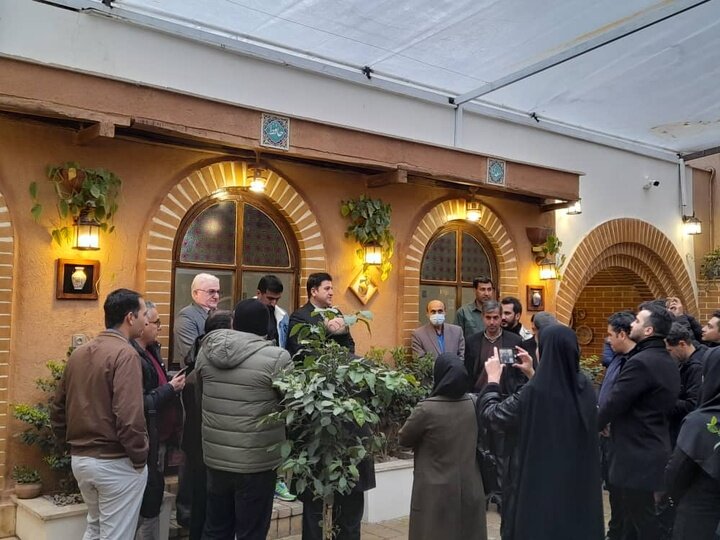Revitalization of UNESCO World Heritage: Tchogha Zanbil Temple Restoration Unveiled
The conservation and restoration of the Inshushinak Temple, a vital part of the Tchogha Zanbil Ziggurat in Khuzestan province, has reached a significant milestone. This project is crucial for the preservation of earthen heritage structures, ensuring they remain intact for future generations. The first phase of this specialized project has been successfully completed, showcasing a commitment to maintaining the integrity and authenticity of this historical site.
Atefeh Rashnoei, the Director of the Tchogha Zanbil and Haft Tappeh World Heritage Base, announced the completion of this initial phase on Monday. The conservation efforts are aligned with international standards, focusing on:
- Authenticity: Ensuring that the original materials and structure are preserved.
- Integrity: Maintaining the overall form and appearance of the temple.
- Long-term Stability: Implementing measures that will prevent future deterioration.
Rashnoei emphasized that the project prioritizes minimal intervention, which means that any restoration work is done carefully and thoughtfully. The use of compatible and homogeneous materials is crucial to ensure that the repairs blend seamlessly with the original structure. Continuous monitoring of existing damages helps to stabilize the temple’s current condition and prevents any further decline.
The primary goals of the project include:
- Preserving the authenticity of the temple’s materials and structure.
- Enhancing the legibility of its architectural form.
- Extending the building’s lifespan.
- Mitigating potential threats to its integrity.
Rashnoei also noted that the conservation efforts strictly adhere to theoretical principles of preservation, including the Venice Charter and ICOMOS guidelines, which focus on the protection of earthen architecture. These guidelines ensure that the conservation methods used are both effective and respectful of the site’s historical significance.
Historically, the Inshushinak Temple is believed to have been constructed around 1250 BC during the Elamite era. It is a key component of the Tchogha Zanbil Ziggurat, one of the largest mudbrick structures globally and among the earliest sites to be inscribed on the UNESCO World Heritage list in Iran. The temple is dedicated to Inshushinak, who was revered as the chief deity of Susa, and serves as a prime example of the architectural mastery of the Elamite civilization.
Rashnoei highlighted that in situ conservation is a central approach to this project. This method protects the temple in its original location, ensuring that historical layers are undisturbed. This allows for a deeper understanding of the monument’s evolution within its natural and cultural context, providing valuable insights into the Elamite era.
She stated, “The conservation of the Inshushinak Temple marks another step toward the sustainable safeguarding of this extraordinary global heritage site.” This statement reflects the project’s commitment to the long-term preservation of the Tchogha Zanbil complex, safeguarding its valued historical and cultural significance for future generations.
Tchogha Zanbil, also referred to as the Ziggurat of Dur-Untash, was inscribed on the UNESCO World Heritage list in 1979, marking it as Iran’s first entry. The site continues to attract international attention as an outstanding representation of Elamite civilization and its architectural achievements.
As the conservation project progresses, it is expected to enhance the understanding and appreciation of the Inshushinak Temple. The efforts to maintain such a significant site underscore the importance of cultural heritage preservation in our global society. By focusing on sustainable practices and adherence to international standards, the project not only protects a vital piece of history but also educates future generations about the rich cultural tapestry of the Elamite civilization.
